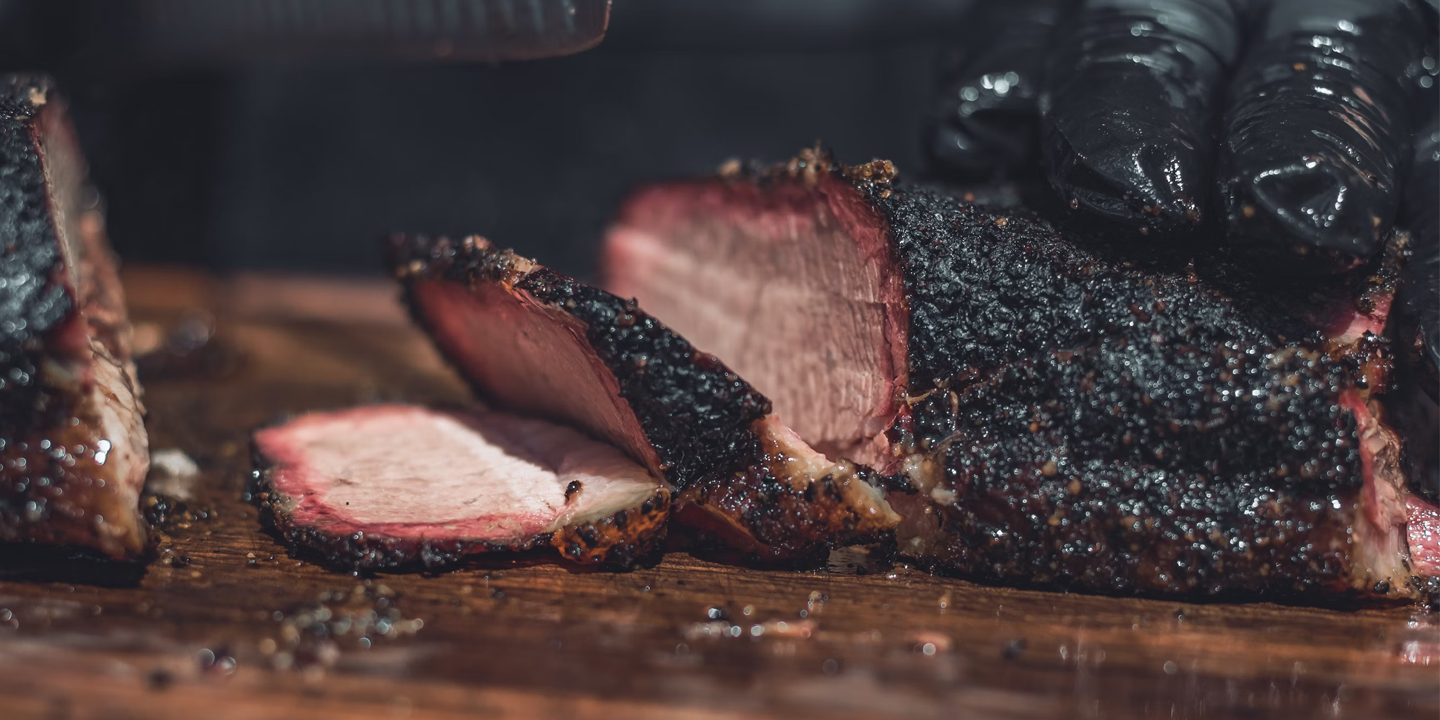Lunchtime Flops And Favorites
Ever played lunch box roulette? Some foods practically guarantee an empty container coming home. Others promise nothing but disappointment and hunger-fueled afternoon tantrums. The science behind kid food preferences mixes biology, psychology, and plain old stubbornness in equal measure. So, let's see which lunches are usually disliked and which are considered favorites.
1. Soggy Sandwiches
Nothing ruins lunchtime faster than biting into a soggy, mushy sandwich. Food scientists say kids develop strong textural preferences between ages 2 and 5, which is why soggy bread is such a turn-off for children who value consistency and predictability in their food.
2. Overripe Fruit
Brown spots on food make kids reject it before they even taste it. Their natural instincts link discoloration to spoilage. Plus, when something goes from crisp to mushy, it messes with their expectations, leading to what food psychologists call a "mouth surprise."
3. Sardines
While excellent for brain development, the omega-3 fatty acids in sardines create that "fishy" smell that kids find overwhelming. The soft, somewhat mushy consistency can be off-putting. Children, hyper-aware of peer perception, quickly learn that strong-smelling fish options invite unwanted attention.
 Best Sardine Sandwich Recipe | SAM THE COOKING GUY by SAM THE COOKING GUY
Best Sardine Sandwich Recipe | SAM THE COOKING GUY by SAM THE COOKING GUY
4. Plain Veggies
Unlike processed foods engineered to hit pleasure centers, raw broccoli, cauliflower, and celery offer minimal immediate brain reward. The high water content and fibrous texture require significant chewing effort, which children usually dislike.
5. Cold Pasta With No Sauce
Starch retrogradation, the scientific process behind pasta hardening when chilled, transforms yesterday's dinner into an entirely different food experience. Children's taste expectations are affected twice: first by temperature and second by mouthfeel.
6. Wilted Salads
Formerly crisp greens quickly collapse into a limp mass, signaling "avoid" to children’s primitive food instincts. Cellular breakdown happens when lettuce sits in acidic dressing, creating a sensory mismatch that makes wilted salads one of the most commonly rejected lunch items.
 Rusty Clark ~ 100K Photos on Wikimedia
Rusty Clark ~ 100K Photos on Wikimedia
7. Hard-Boiled Eggs
The sulfur compounds released during cooking form a distinctive aroma that makes hard-boiled eggs classroom pariahs. Eggs provide essential choline for brain development, but again, their smell brings in immediate social consequences. Children, highly attuned to peer approval, learn that bringing hard-boiled eggs results in disgust reactions.
8. Kale Chips
Kale chips comprise calcium, vitamin K, and antioxidants. However, raw kale can be bitter and tough, which might translate to a dislike for them if not prepared well. Apparently, children possess more taste buds than adults—approximately 10,000 versus 5,000. This makes bitter detection strong for young eaters.
 Sodanie Chea from Norwalk, Ca, United States on Wikimedia
Sodanie Chea from Norwalk, Ca, United States on Wikimedia
9. Dry Crackers With No Spread
Dry crackers literally pull water from saliva, causing temporary oral discomfort. Without accompanying spreads providing fat and flavor, plain crackers taste nothing great. Plus, repetitive crunching without flavor variation quickly leads to diminishing pleasure.
10. Dry Rice Cakes
Without toppings, they taste like cardboard and offer no excitement. The airy, styrofoam-like texture of plain rice cakes brings about "phantom fullness"—volume without satisfaction. Each bite delivers an auditory crunch promising flavor that never materializes.
Now that we've noted the lunch box rejects, let's peek into the meals that vanish faster than recess time—the school lunches kids actually devour.
1. Mini Deep-Dish Pizzas
The secret lies in portion psychology. Children respond positively to foods scaled to their size, which forms an immediate sense of ownership. Mini deep-dish pizzas allow customization within safe flavor boundaries, letting kids control toppings while maintaining the familiar comfort of cheese and tomato sauce.
2. Ham And Cheese Pinwheels
Those rolled-up, bite-sized shapes make ham and cheese pinwheels visually appealing and easy for kids to handle, especially for picky eaters or younger children. As per reports, child development experts note that foods with playful presentations reduce neophobia—fear of new foods—by approximately 70% in children ages 5-12.
 Ham & Cheese Pinwheels by El Mundo Eats
Ham & Cheese Pinwheels by El Mundo Eats
3. Chicken Fajita Quesadillas
Combining exciting sensory cues with the comfort of melted cheese brings about a perfect bridge between novelty and safety. The folded format prevents filling spillage, which is an important feature for children still developing fine motor skills. Not to forget, the chicken protein also provides all nine essential amino acids to your kid.
4. Grilled Peanut Butter And Jelly Sandwich
Warmth changes this lunchbox classic through the Maillard reaction, caramelizing the bread's surface sugars that children find irresistible. Each sandwich stores approximately 15 grams of protein and 4 grams of fiber when made with whole-grain bread. This keeps energy levels stable throughout afternoon learning sessions.
5. Puff Pastry Cheese Pockets
Why do kids love the sight of cheese stretching from a pastry? Evolutionary psychologists suggest it’s because our brains are wired to crave energy-dense foods. The buttery pastry signals richness, and the golden-brown color tells kids it’s perfectly cooked, making it irresistible.
6. Turkey And Cheese Rolls
Circular foods tend to be more appealing to children than square ones, and these turkey and cheese rolls are no exception. The roll format removes bread, which kids often discard when deconstructing sandwiches. Packed with protein, these rolls help keep blood sugar levels stable, maintaining kids' energy and focus.
 HOT TURKEY AND CHEESE PARTY ROLLS | QUICK AND EASY SNACKS by MHIYA G. VLOG
HOT TURKEY AND CHEESE PARTY ROLLS | QUICK AND EASY SNACKS by MHIYA G. VLOG
7. BBQ Chicken Taquitos
Children face multisensory eating satisfaction from foods that give auditory feedback during consumption. BBQ sauce contains a balanced flavor profile that hits all five taste receptors. Sweet, sour, salty, bitter, and umami. Additionally, the hand-held, self-contained format empowers independence while preventing the dreaded lunchbox spillage.
 Homemade BBQ Chicken Taquitos | Healthy Lunchbox Idea by Healthy Family Project
Homemade BBQ Chicken Taquitos | Healthy Lunchbox Idea by Healthy Family Project
8. Apple And Cheddar Quesadillas
There’s something magical about how fruit sugars release aromas that signal “treat” to kids' brains, even without added sweeteners. The surprising combination forms what food psychologists call a “flavor bridge.” Plus, pediatric dentists recommend apples and cheese together because the cheese helps protect tooth enamel.
 Apple Cheddar Quesadillas by CHEF Culinary Health Education for Families
Apple Cheddar Quesadillas by CHEF Culinary Health Education for Families
9. Cheesy Chicken Sliders
Well, who doesn’t love these? Chicken and cheese are said to be kid-friendly staples—nothing too spicy or strong. Mini sandwiches feel fun to eat, almost like fast food but homemade. Kids can enjoy them plain or add ketchup, mayo, or a little BBQ sauce for extra flavor.
 Chicken Sliders Recipe By Recipes Of The World by Recipes of the world
Chicken Sliders Recipe By Recipes Of The World by Recipes of the world
10. Chicken Parmesan Meatballs
University of California research demonstrates that children prefer multiple small food units over single large portions. They tend to experience greater satisfaction when they can control their consumption pace. The familiar Italian taste profile relies on tomato acidity balanced by cheese richness dipped in marinara sauce.




















